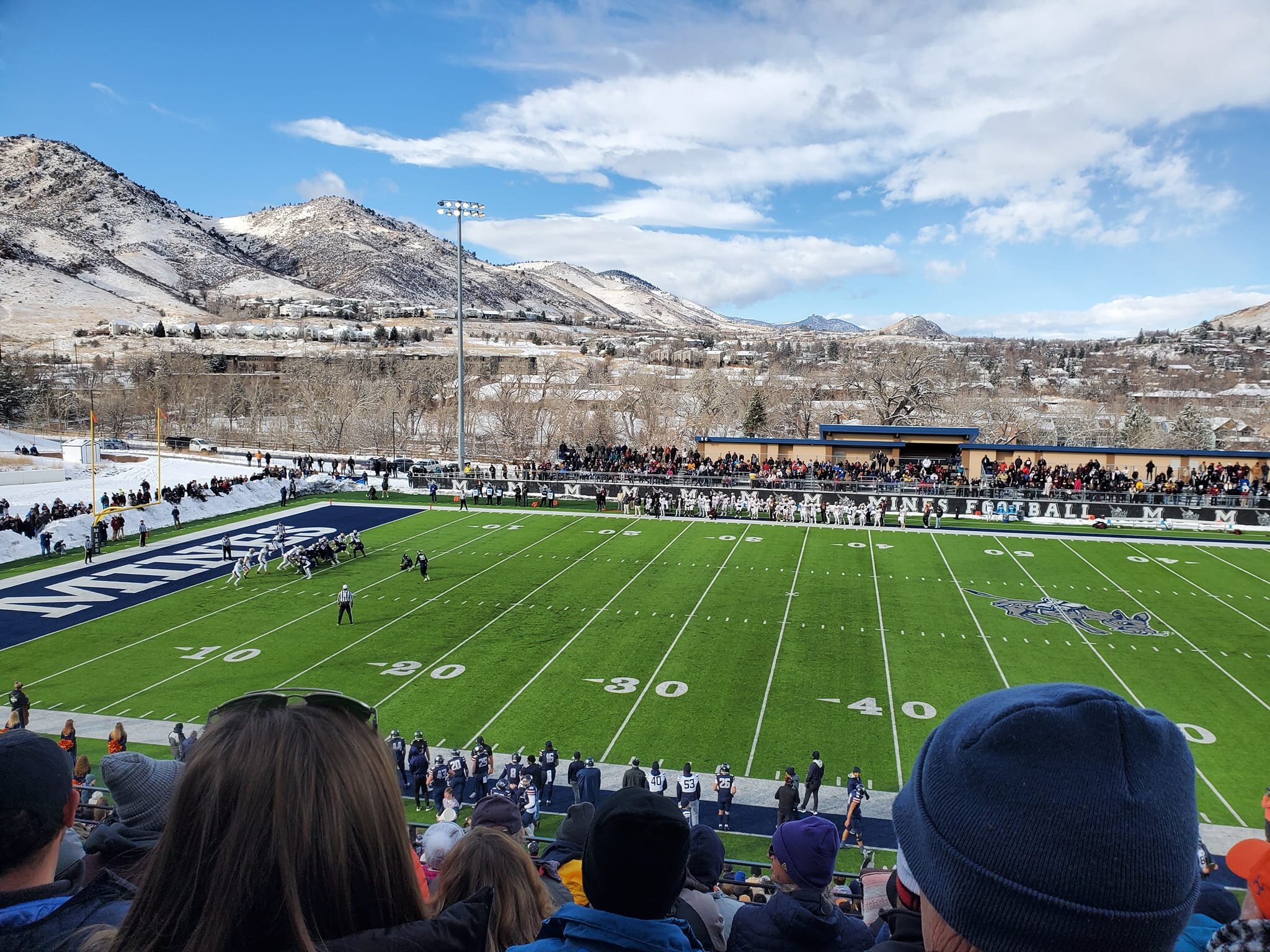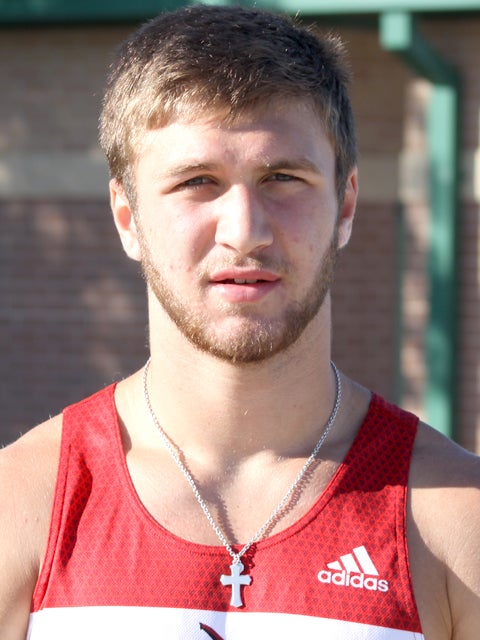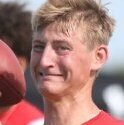
Posts posted by Beau Vine
-
-
-
-
-
-
-
-
-
-
-
-
-
-
Nebraska hasn’t scored a point in its past five overtimes.
That includes missing a field goal in Saturday’s 34-31 loss at Colorado. Other such overtimes include Northwestern in 2018 and 2017, Wisconsin in 2016 and Miami (Fla.) in 2015. The Cornhuskers last scored in OT in a 2014 win at Iowa. Under Scott Frost, Nebraska is 1-6 in one-score games.
-
This thread is great: https://texags.com/forums/5/topics/3057535
Now why would aggy be hyping a WR ranked out of the top 300 who they beat out Army, Colorado, Cornell, and Bowling Green for?
https://247sports.com/Player/Caleb-Chapman-91214/high-school-175231/
Oh yeah:

-
-
-
-
-
-
-
-
-
-







FBI vs. NCAA Coaches
in Basketball
That's what "happened." Avenatti announced that he was never contacted by anyone running the "investigation."